Blog
Our Latest Posts
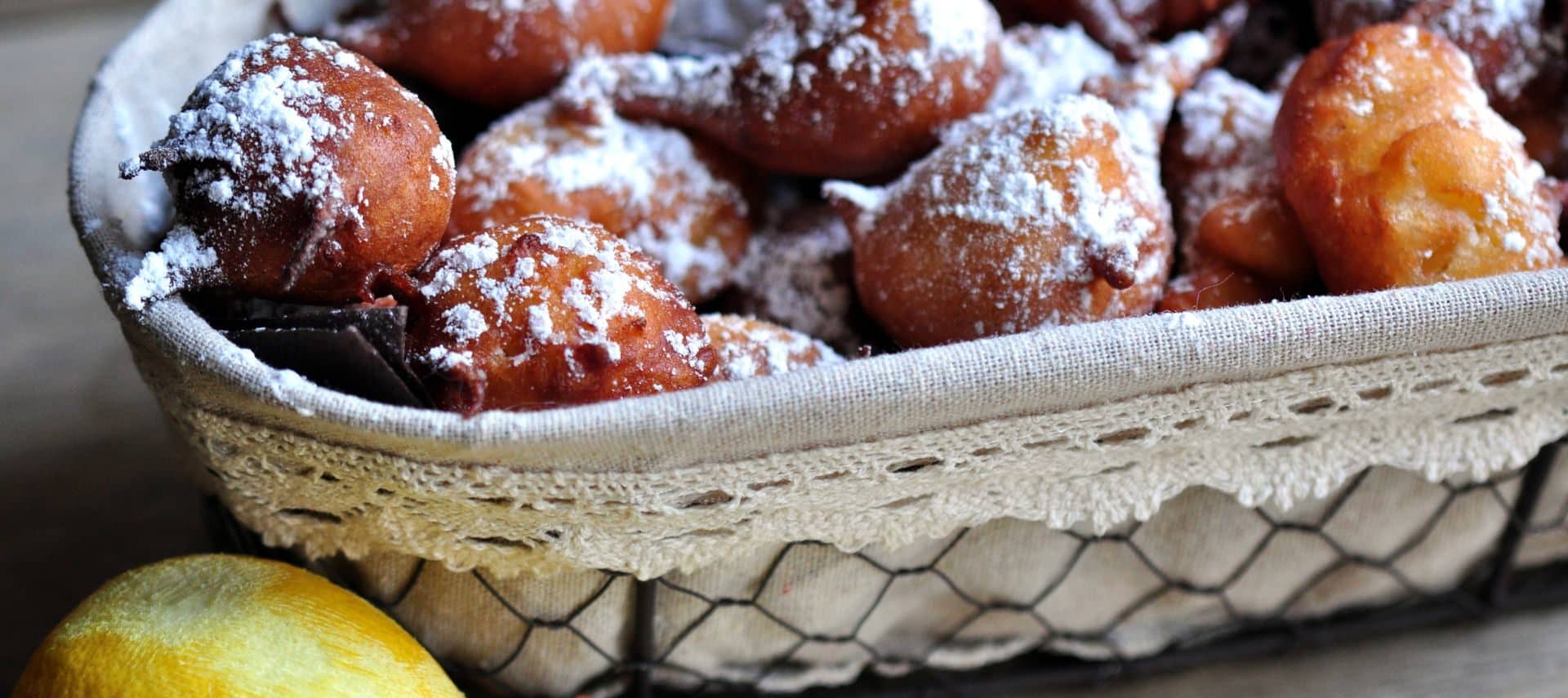 Family Apple Fritters
Family Apple FrittersWith apple season upon us, apple recipes are being sought by amateur and pro cooks alike. We bet you’ll soon see
... more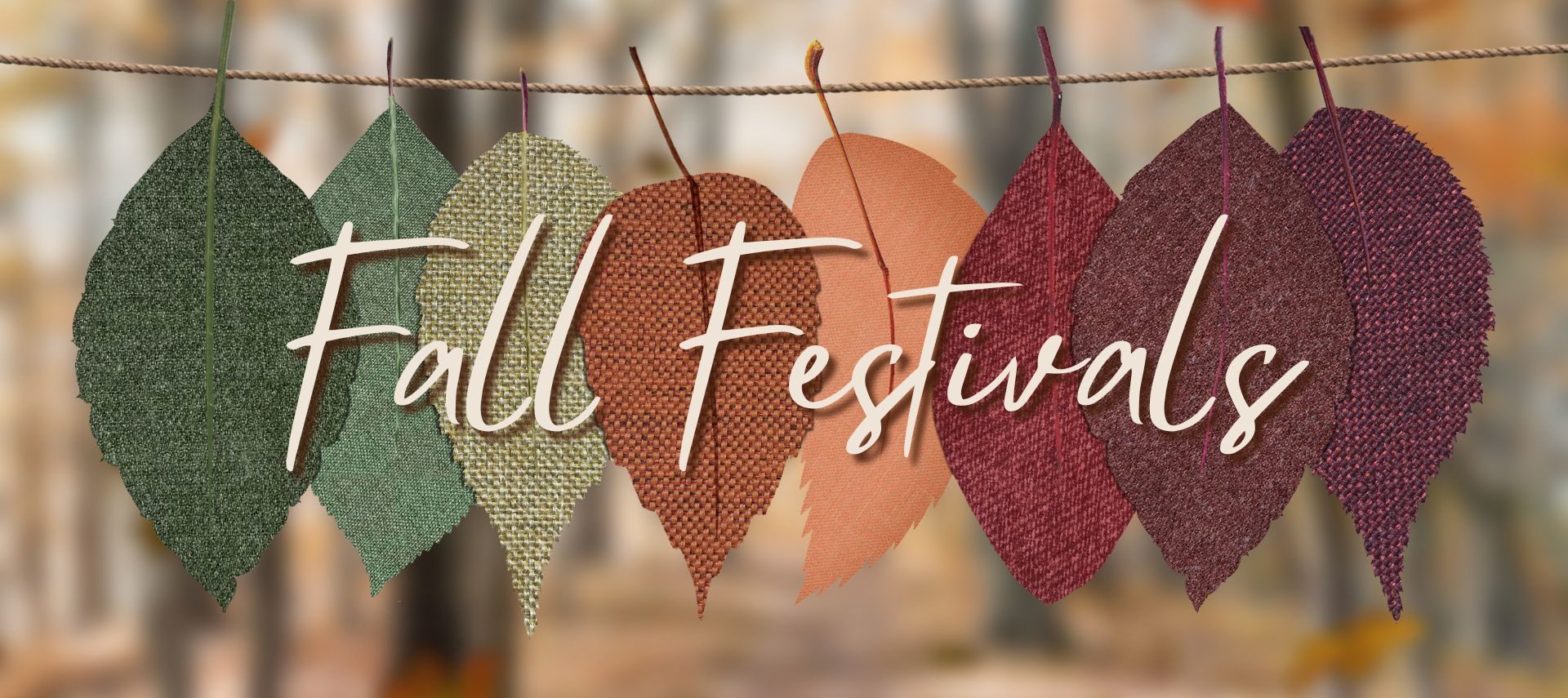 2025 Fall Festivals in Western NC
2025 Fall Festivals in Western NCUpdated for 2025 It’s that time of year again to relax and indulge in the spectacular autumn vibes and fun fall
... more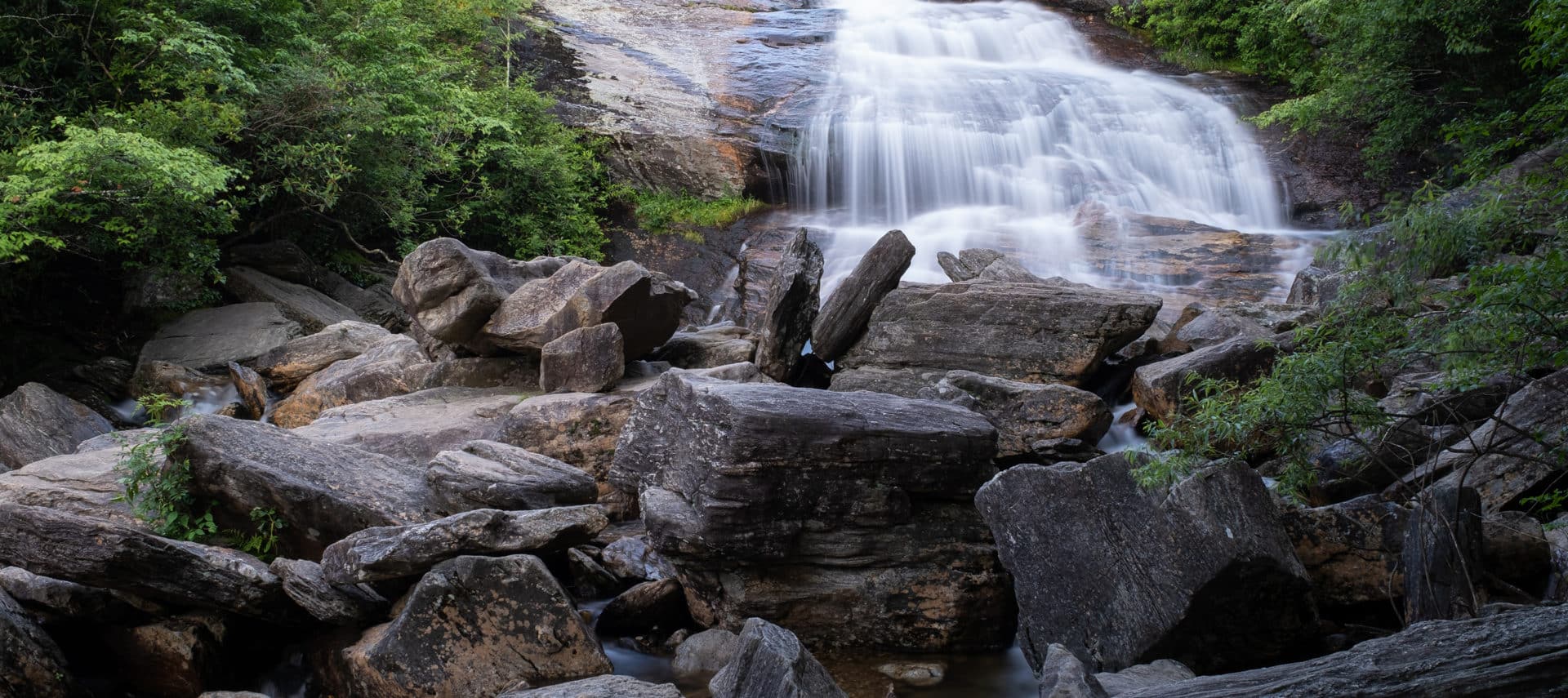 5 Must-Try Cideries in Asheville NC
5 Must-Try Cideries in Asheville NCWine will always have its place and reputation. But as the spread of microbreweries attests (Asheville easily has more than
... more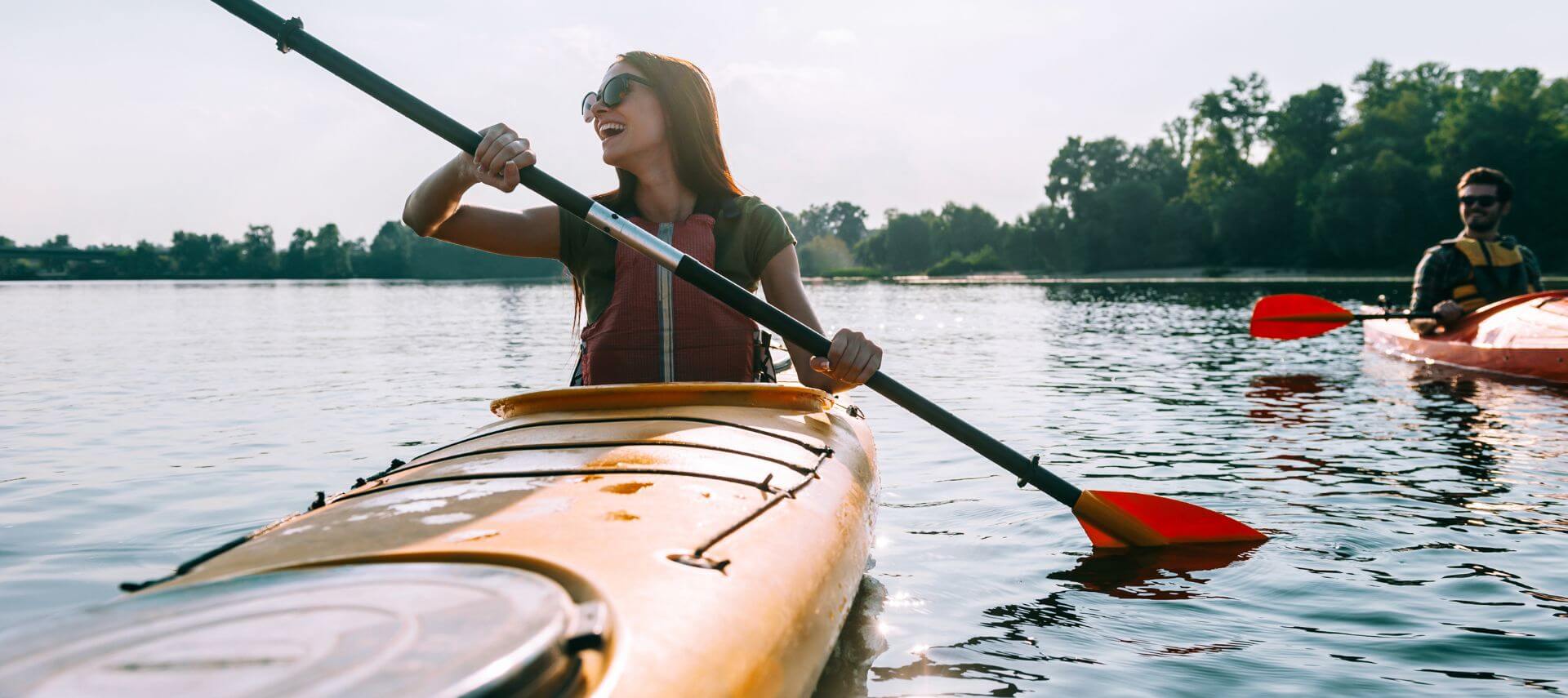 7 Epic Outdoor Adventure Ideas in Asheville
7 Epic Outdoor Adventure Ideas in AshevilleAn outdoor adventure in Asheville is a full-body reset — trail to table. This corner of the Blue Ridge stirs your senses.
... more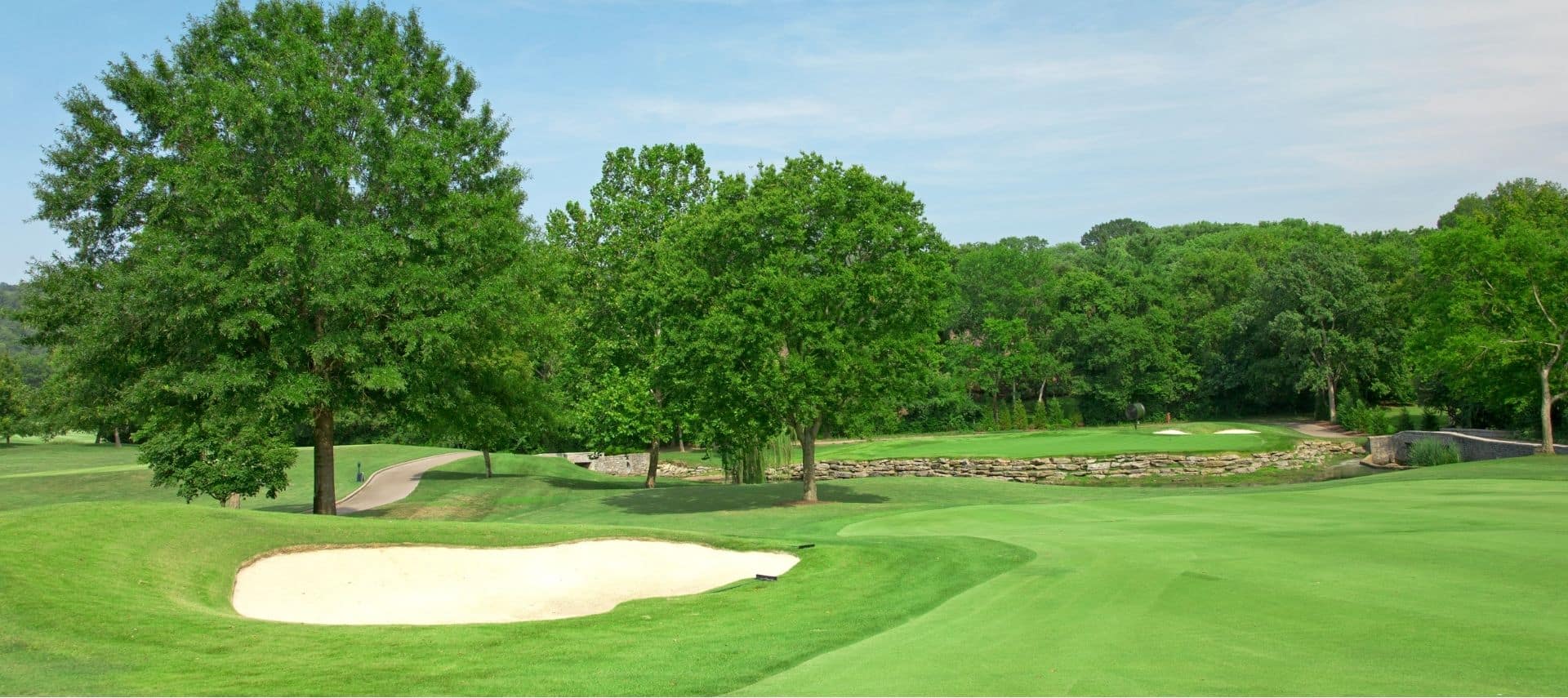 5 Best Public Golf Courses Near Asheville, NC
5 Best Public Golf Courses Near Asheville, NCDoes your diet consist of a “lot of greens?” Are your favorite sayings “Tee it high and let it fly” or “Mistakes
... more Best Summer Festivals in Western NC
Best Summer Festivals in Western NCUpdated for 2025. With sunlight increasing daily, our thoughts turn to summertime fun. Here is a list of the best summer
... more 5 Spring Adventures for Your Smoky Mountain Getaway
5 Spring Adventures for Your Smoky Mountain GetawaySpring in the Smoky Mountains is a season of renewal, bursting with wildflowers, crisp mountain air, and endless
... more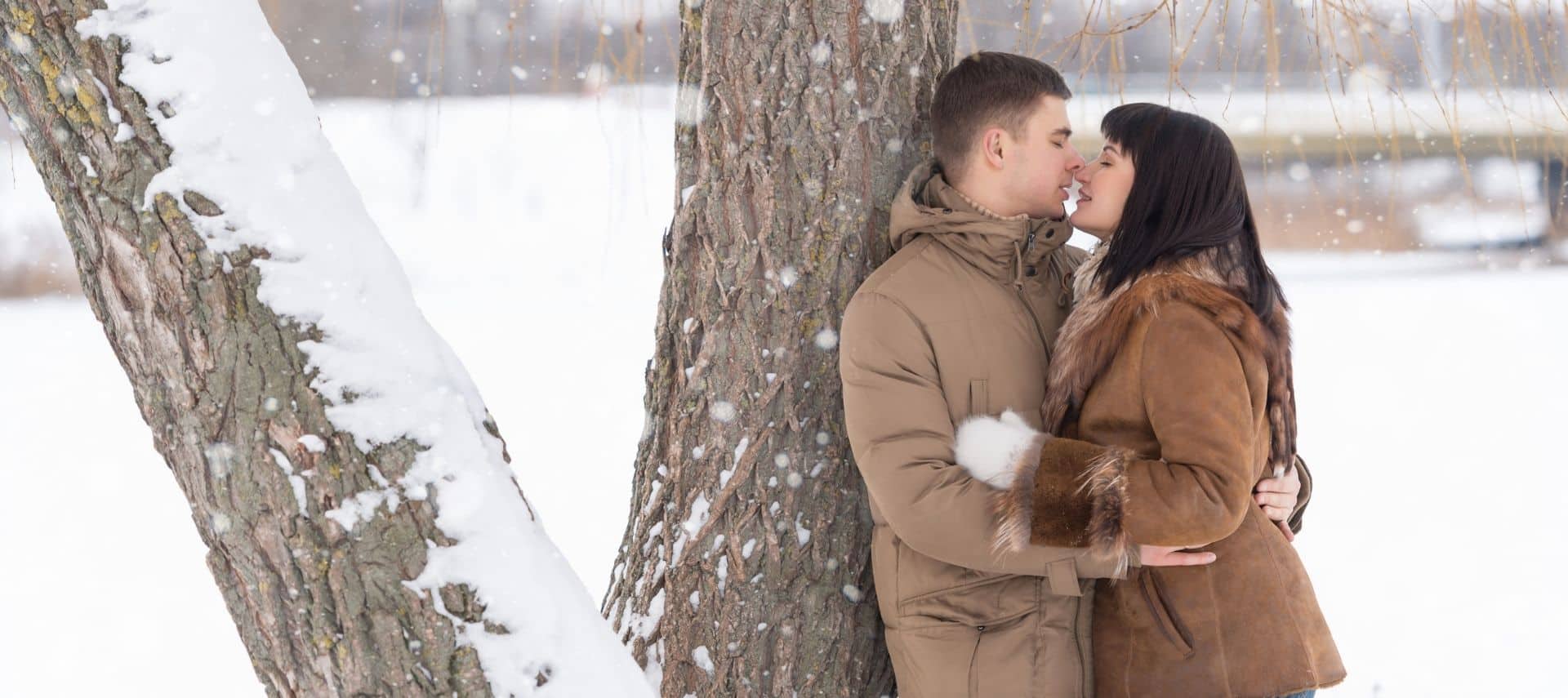 How to Plan the Perfect Romantic Winter Getaway in NC
How to Plan the Perfect Romantic Winter Getaway in NCLooking for the perfect romantic winter getaway? A place so serene and stunning that your partner will swoon with delight?
... more Create the Perfect Couple’s Romantic Getaway in Asheville, NC
Create the Perfect Couple’s Romantic Getaway in Asheville, NCDreaming about the ultimate couple’s romantic getaway? Why not plan an enchanting escape for two steeped in the Great
... more Guide to the Best 2024 Holiday Lights in Asheville
Guide to the Best 2024 Holiday Lights in AshevilleUpdated for 2024. *Due to the impact of Hurricane Helene, some events may be rescheduled or unavailable this year. It seems
... more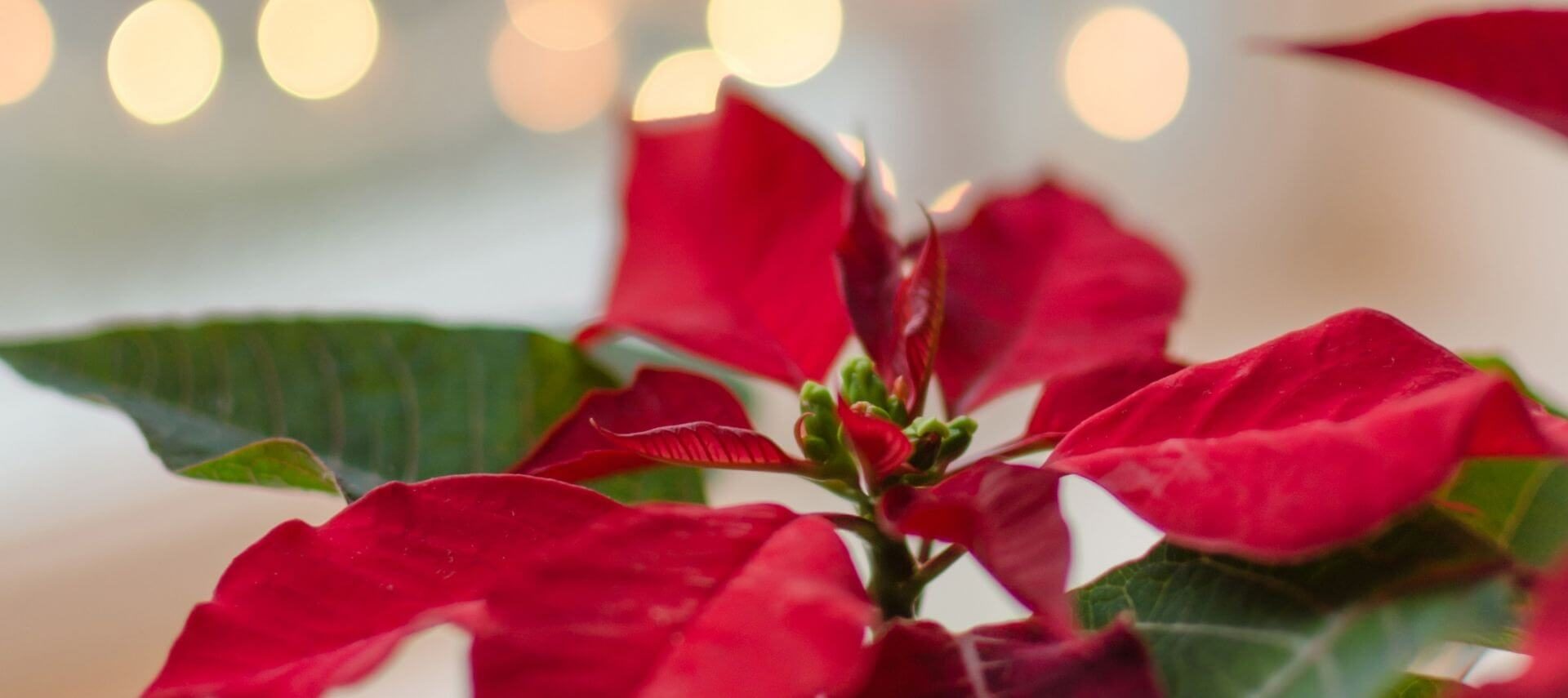 2024 Christmas Traditions at the Biltmore
2024 Christmas Traditions at the BiltmoreUpdated for 2024 *Due to the impact of Hurricane Helene, some events may be rescheduled or unavailable this year. Christmas
... more 4 Favorite Apple Orchards Near Asheville NC
4 Favorite Apple Orchards Near Asheville NCApple pie, caramel apples, apple cakes, fried apple pies, apple butter — guess what season it is! Apple season! And
... more



